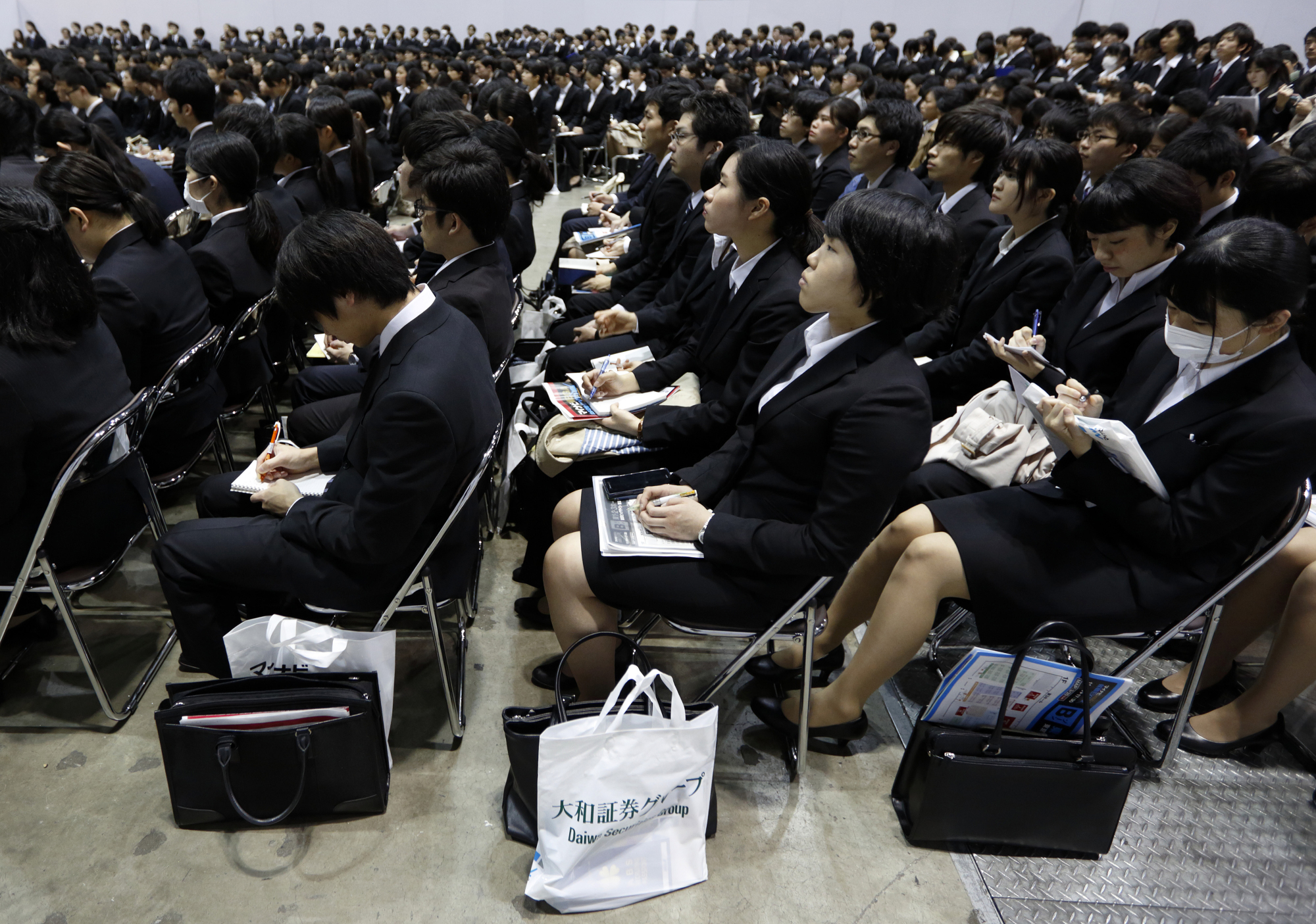Emperor Akihito will abdicate on April 30 and his son, Crown Prince Naruhito, will ascend the throne on May 1, with the Imperial era name changing from Heisei to Reiwa. Such an era name system — in which only one name is assigned for the whole period of an emperor's reign — was introduced by the Hongwu emperor of China's Ming Dynasty when he assumed the throne in 1368. Although era names were once widely used in East Asia, Japan is now the only country to retain the system.
What kind of an era was Heisei in Japan? As the 30-year period is approaching its end, let me discuss two major points. The first is the issue of the emperor system.
As a law student at university, I majored in the Constitution. What was the hardest to understand was the status of the emperor as provided for by the Constitution. Article 1 says, "The Emperor shall be the symbol of the State and of the unity of the People, deriving his position from the will of the people with whom resides sovereign power." Although I could understand the literal meaning of this provision, I could not form a concrete image of what is indeed the status and roles of an emperor.


















With your current subscription plan you can comment on stories. However, before writing your first comment, please create a display name in the Profile section of your subscriber account page.